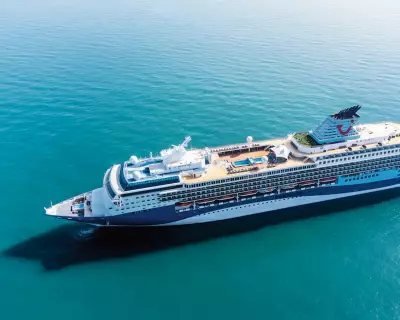
The families of three men killed in a devastating light aircraft crash on the Isle of Wight have been left reeling and furious after an official investigation placed the blame solely on the pilot, completely exonerating the plane's manufacturer.
The Air Accidents Investigation Branch (AAIB) concluded its probe into the 2021 tragedy, which claimed the lives of experienced pilot David Hibbs, 69, and passengers Peter Kingston, 74, and Stephen Rush, 72. Their Britten-Norman Islander aircraft plummeted into the sea near the island's coast.
A Controversial Conclusion
In a finding that has sparked immense controversy, the AAIB report stated there was 'no evidence of any pre-impact defect' in the aircraft. The investigation pointed towards the pilot's failure to maintain adequate airspeed as the primary cause, suggesting this led to an aerodynamic stall from which he could not recover.
This conclusion has effectively cleared Britten-Norman, the manufacturer of the iconic Islander plane, of any responsibility for the mechanical failure many families feared was to blame.
Families' Heartbreak and Anger
For the grieving relatives, the report's findings are a bitter pill to swallow. They feel the investigation has left them with unanswered questions and a profound sense of injustice.
Mr. Rush's widow, Ann, expressed her deep frustration, stating the report 'leaves us with more questions than answers'. She described the pilot error verdict as a 'default conclusion' that feels like a convenient way to close the case without further scrutiny of the aircraft itself.
The families' anguish is compounded by the belief that the experienced pilot, David Hibbs, was not the type to make such a fundamental error, hinting that other, unexplored factors must have been at play.
Aircraft's History Under Scrutiny
Adding to the families' scepticism is the aircraft's own history. The plane, built in 1969, had previously been involved in two other incidents, including a wheels-up landing in 2012. While the AAIB maintains these were unrelated, the families question whether a fuller picture of the aircraft's airworthiness has been presented.
The report has ignited a debate on aviation investigation transparency and the weight given to manufacturer data versus other potential factors in complex air accidents. For now, the families of the victims are left with a verdict that offers little comfort and a multitude of unresolved doubts about the final moments of their loved ones.





